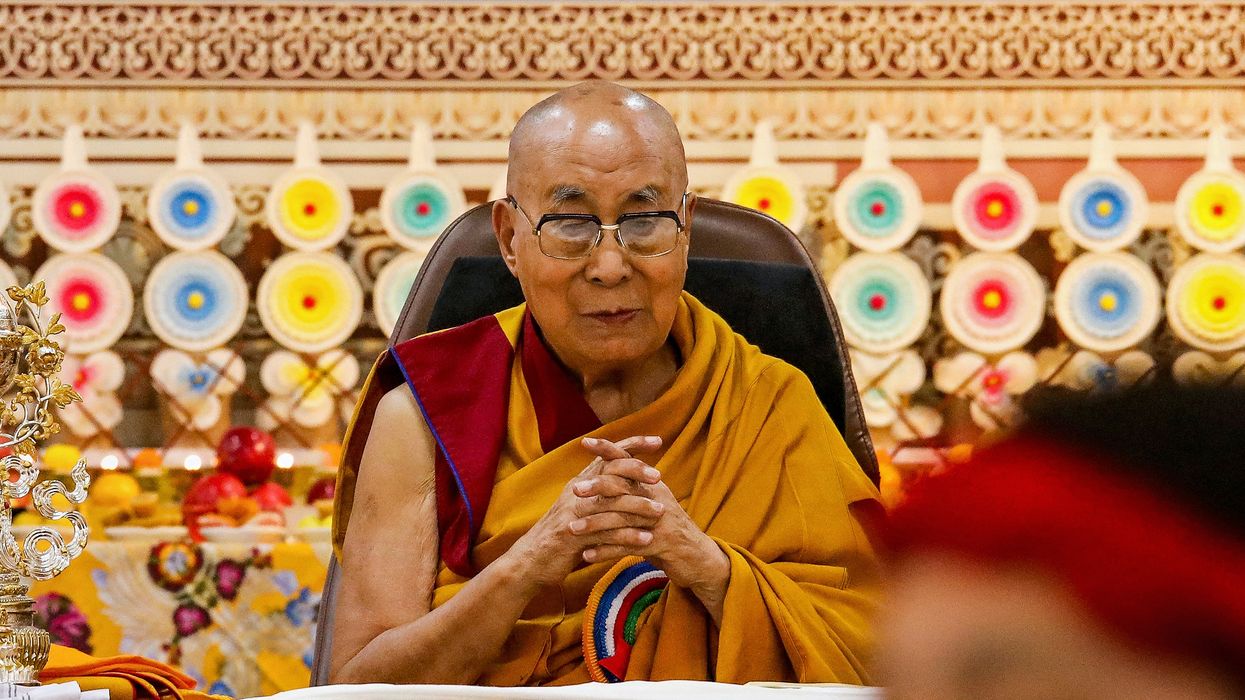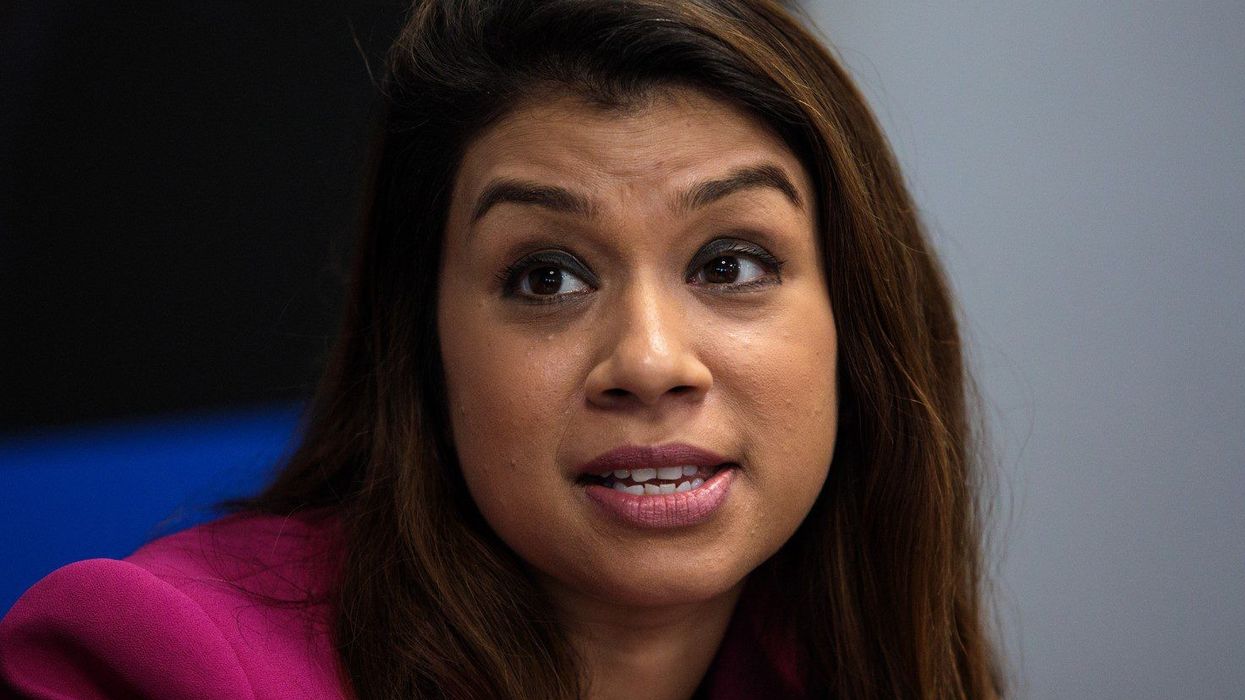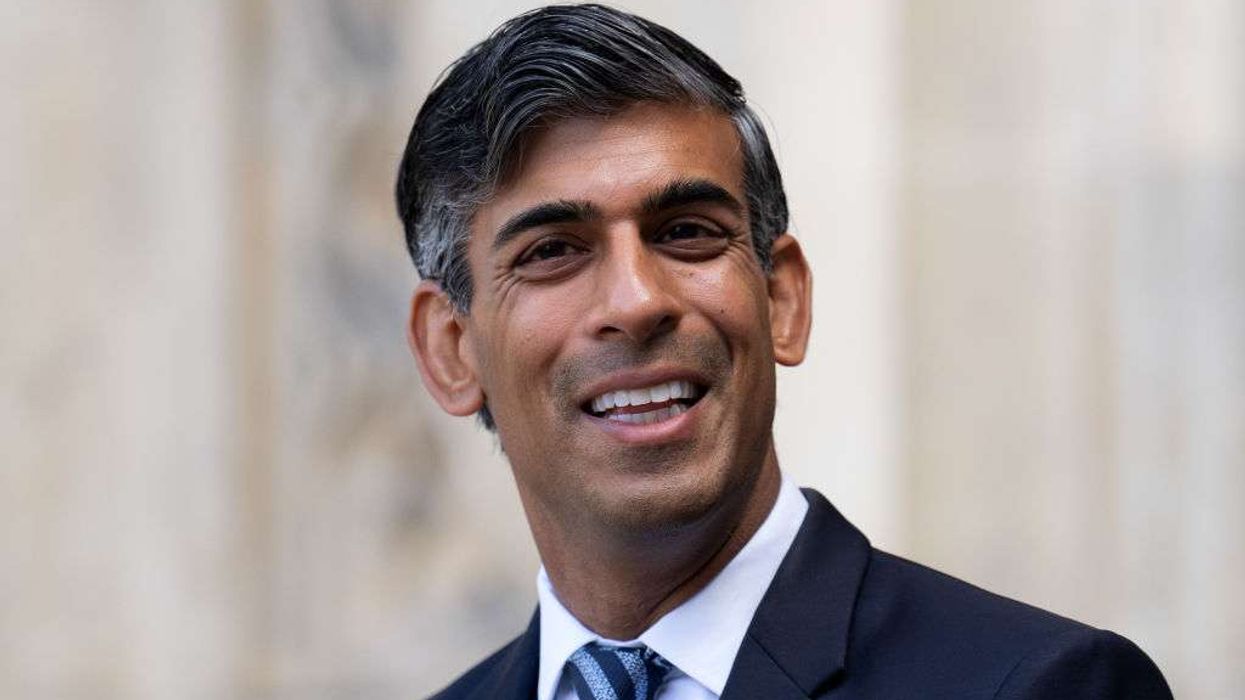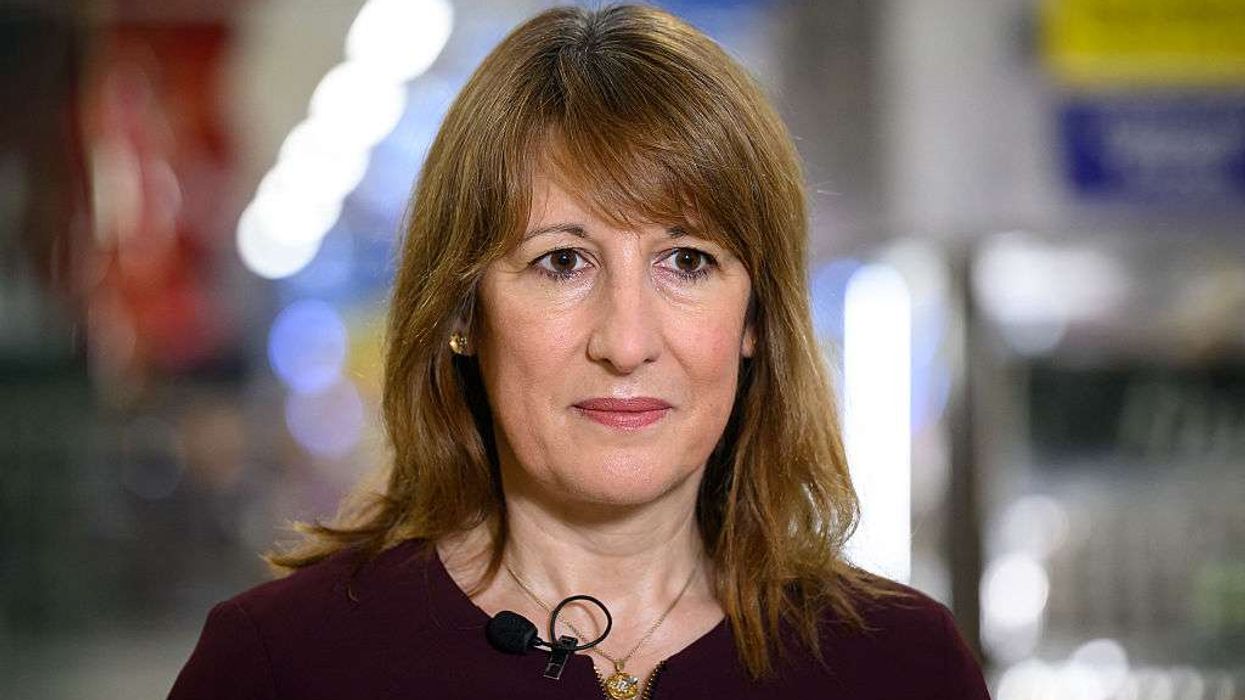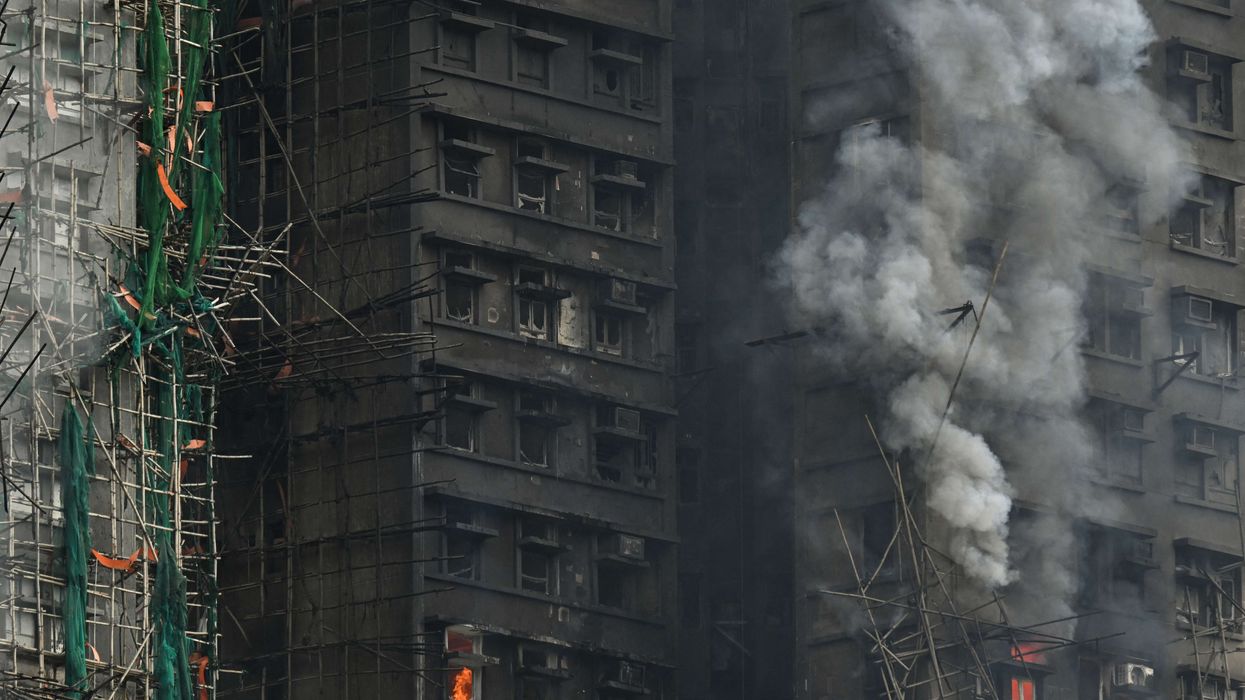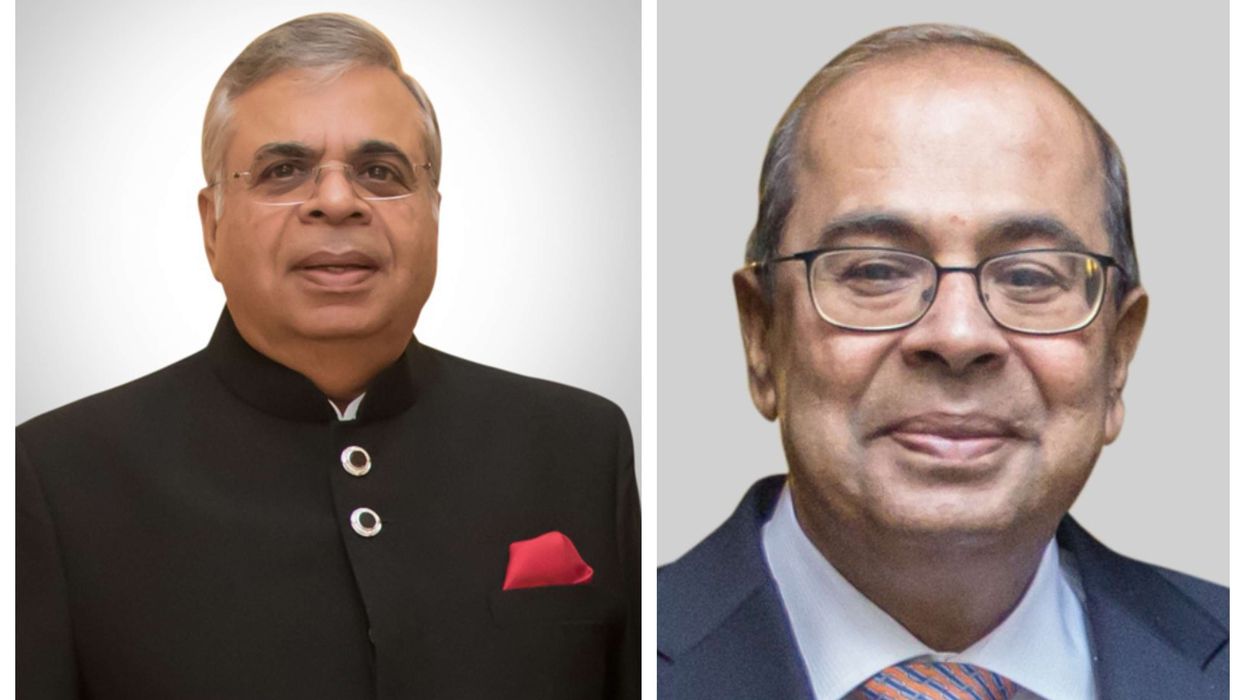A SENIOR Indian minister has said that only the Dalai Lama and the organisation he has established have the authority to decide his successor as the spiritual leader of Tibetan Buddhism. The comment runs contrary to China’s long-standing position on the matter.
The Dalai Lama, who fled to India in 1959 following a failed uprising against Chinese rule, said on Wednesday that after his death he would be reincarnated as the next spiritual leader, and that only the Gaden Phodrang Trust would be able to identify his successor. He had earlier said that the next Dalai Lama would be born outside China.
China has maintained that it has the right to approve the next Dalai Lama, citing a legacy from imperial times.
Rijiju: Only Dalai Lama or his institution can decide
India’s minister of parliamentary and minority affairs, Kiren Rijiju, made a rare comment on the issue on Thursday. He was speaking ahead of a planned visit to the Dalai Lama’s base in Dharamshala, where the spiritual leader will celebrate his 90th birthday on Sunday.
“No one has the right to interfere or decide who the successor of His Holiness the Dalai Lama will be,” Indian media quoted Rijiju as saying.
“Only he or his institution has the authority to make that decision. His followers believe that deeply. It’s important for disciples across the world that he decides his succession.”
China warns India over remarks
Following Rijiju’s comments, China’s foreign ministry on Friday warned India against interfering in its internal affairs and urged it to act with caution.
“We hope the Indian side will fully understand the highly sensitive nature of Tibet-related issues, recognise the anti-China separatist nature of the 14th Dalai Lama,” spokesperson Mao Ning said at a regular press conference.
India’s foreign ministry did not respond to a request for comment on the Dalai Lama’s succession plan.
Rijiju, who is a practising Buddhist, is expected to be joined by other Indian officials for the birthday celebrations in Dharamshala.
India is home to tens of thousands of Tibetan Buddhists, who are allowed to live, study and work freely. The Dalai Lama remains a respected figure in India, and foreign policy analysts say his presence gives India some diplomatic leverage in its relations with China.
Ties between the two countries deteriorated sharply after a deadly border clash in 2020 but are now slowly improving.
(With inputs from agencies)
